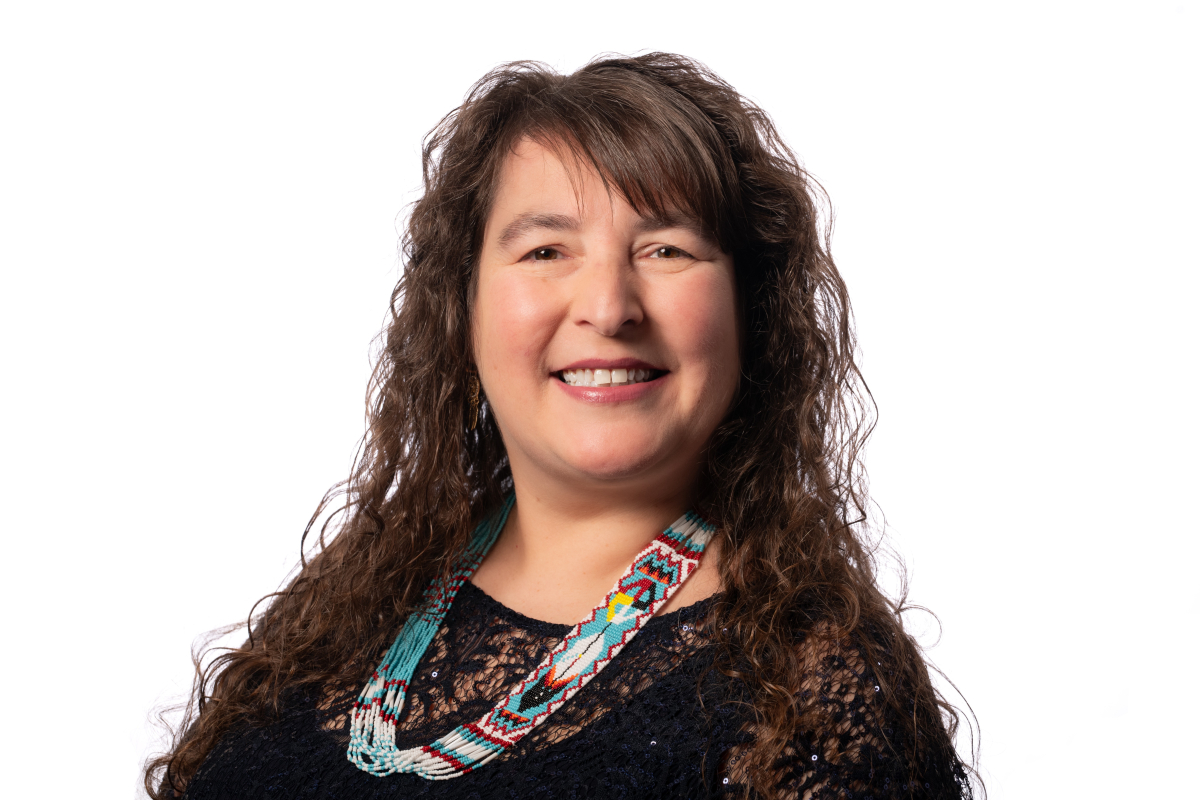Support strong Canadian climate journalism for 2025
The federal government is taking the first step to build an alert system for missing Indigenous women, girls and gender-diverse people.
For the better part of a year, MP Leah Gazan, federal NDP critic for women and gender equity, has called for an alert — similar to an Amber Alert — to help find Indigenous people when they go missing. She’s suggested calling the system the “Red Dress Alert.” Now, the federal government is starting to consult civil groups about making the alert a reality.
“Every day that we don't have a red dress alert, Indigenous women, girls, diverse-gendered folks and two-spirit people go missing,” Gazan said. “There are not currently systems in place to properly protect or search for loved ones who do go missing. So it's urgent, and it needs to be put in place.”
The rate of homicide against Indigenous women and girls is about six times higher than non-Indigenous women and girls, according to Statistics Canada. In March, the federal budget included funding for an alert system to help find missing Indigenous women, girls and gender-diverse people. Not long after, Ottawa recognized the crisis as a national emergency.
This month, the federal government started discussions with front-line workers, community organizations and families of Indigenous people who have gone missing.
Karine Duhamel, former director of research for the National Inquiry into Missing and Murdered Indigenous Women and Girls, said she’s happy to see the alert moving forward.
“[The alert] strongly asserts that these lives matter and that Indigenous women and girls, two-spirit and transgender people have a right to safety,” Duhamel said.
The federal system should also consider how an alert system serves people fleeing unsafe circumstances, aging out of care, or moving to a different community, she added.
“It might not be kind of a one-size-fits-all approach,” Duhamel said. “The engagements and consultations that are part of this project need to reflect the very broad diversity of folks who may be kind of included in such an alert system.”
In Canada, Amber Alerts for missing children are delivered through the Alert Ready system, which sends messages to television, radio and cell-service devices. At present, Amber Alerts are issued by police services in Canada.
But there are other ways to deliver the alert, said Jennifer Jesty. As emergency resilience manager for the Union of Nova Scotia Mi'kmaq and a member of the Eskasoni First Nation, Jesty worked with software company Everbridge to create the Unama’ki Emergency Alert System.
The system now serves five Mi'kmaq nations and has sent out alerts about dangerous individuals, extreme weather and missing persons. Since its inception in September 2020, the Unama’ki Emergency Alert System has issued more than 150 alerts. According to Jesty, in 96 per cent of missing person alerts, the person was reunited with family in less than an hour. The service could help find missing Indigenous women, girls and gender-diverse people across Canada, she said.
“Why reinvent the wheel? What we have going on over here at Unama’ki has been wildly successful,” Jesty said.
Jesty, a chief or community leader can send emergency alerts over text, email or landline so they reach people out of cell service range. Senders can also include voice recordings in their language.
“If [alerts] go out about a critical event, it’s important to make sure there’s no language barrier,” Jesty said.
Back in Parliament, Gazan said consultations are the first step to make sure the alert is effective. She hopes to see the system active by the end of the next budget cycle.
“There has to be a very clear end date to this,” Gazan said. “We can't consult forever. Women, girls, two-spirit and gender-diverse people are going missing and being murdered, and that's unacceptable.”






Comments